BMW Art Guide by Independent Collectors
Poka-Yio
Founding Director of the Athens Biennale
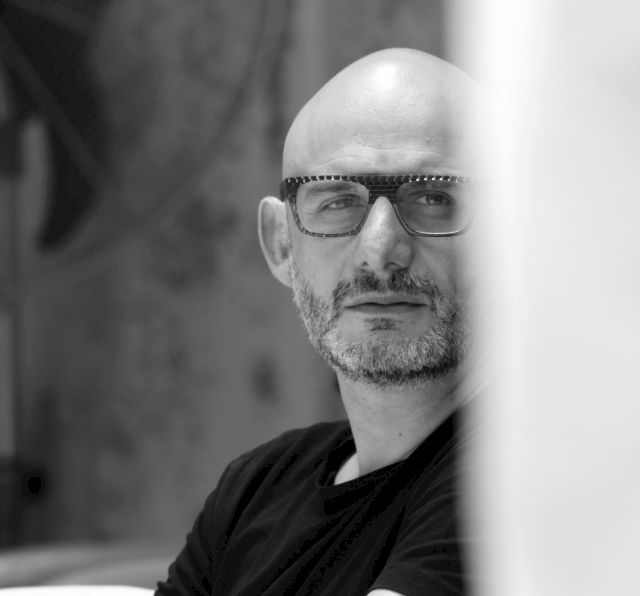
Tell us a little bit about the history of the Athens Biennale.
The Athens Biennale is a private initiative. It started 16 years ago as a crazy dream, almost a joke, when a friend curator, an art critic and me, an artist, were questioning ourselves: should we stay in Athens or migrate as there were no opportunities for young artists here? We chose to follow the beaten path of the Biennial format but do it in a slightly twisted, controversial way. Since its inception, Athens Biennale’s scope has been to narrate our era from the vantage point of Athens, a rising Metropolis at the friction point of the edge of Europe. The aim was to help place Athens in the contemporary art map by connecting the Athenian art scene to the international scene.
How do you, as Founding Director, ensure that the event stays contemporary and current in the fast-paced world, influenced by the art market and now the pandemic?
One of the things that differentiate the Athens Biennale in the international Biennial circuit is that each iteration is not conceived from scratch but is echoing the past editions in an unfolding continuum that struggles to be in a synchronicity with the spirit of our times. It’s like divination. If you contemplate feverishly on the future, you may bring it to the present. That is how AB1: DESTROY ATHENS was born, before the break of the Greek crisis and that is how AB7: ECLIPSE was conceived before the break of the pandemic and the uprising of the Black Lives Matter movement.
Have you witnessed a shift in artistic production in Athens and Greece to react specifically to the pandemic?
There is a rising element of performativity, of the fleeting and elusive. A need for agility. It transcends disciplines. Not just performative arts but even painting, installations, or filmmaking have become testimonials of the artist’s presence. An affirmation. Maybe it is existence itself that struggles to stay afloat and in the foreground.
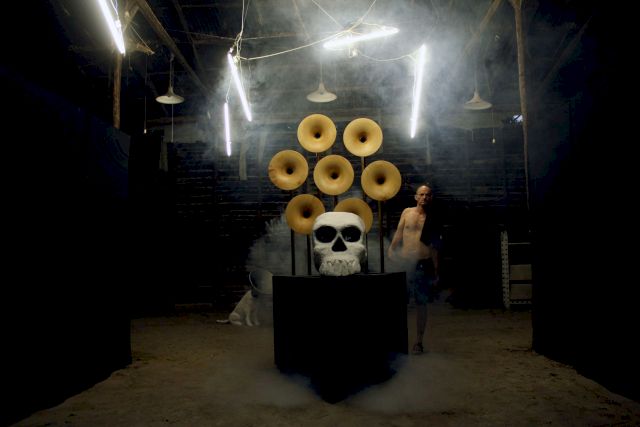
Is there something as part of this year’s Biennale program, ECLIPSE, that you are particularly looking forward to?
ECLIPSE speaks about transition through an ominous and unsettling era. The strong presence of diasporic voices and the way they may catalyze a shift against the intolerance, evident in parts of Greek society, is part of its working assumption. How can we mobilize a large part of society that remains mostly marginalised? A vibrant human, social and cultural energy that may bring vital solutions to an aging and demoralized culture. Will this have an effect? Let’s see.
What do the artworks being presented at the 7th Athens Biennale reveal about the current trends and market?
They reveal a strong tendency towards multicultural co-existence and towards a radical reconfiguration of the essence of identity, gendered or racial. The last decade was focusing on the collective while the recent disillusionment has led to a retract to the individual Subject. If one wants to explore and invest in a niche, then I suggest trying to explore the endless multiplicities that have exploded while zooming-in the Self.
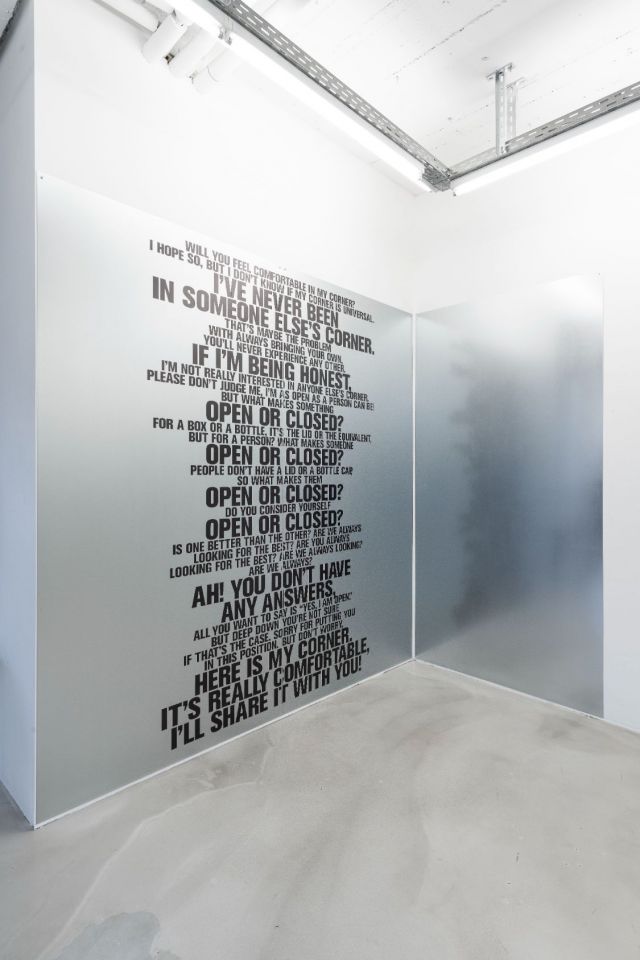
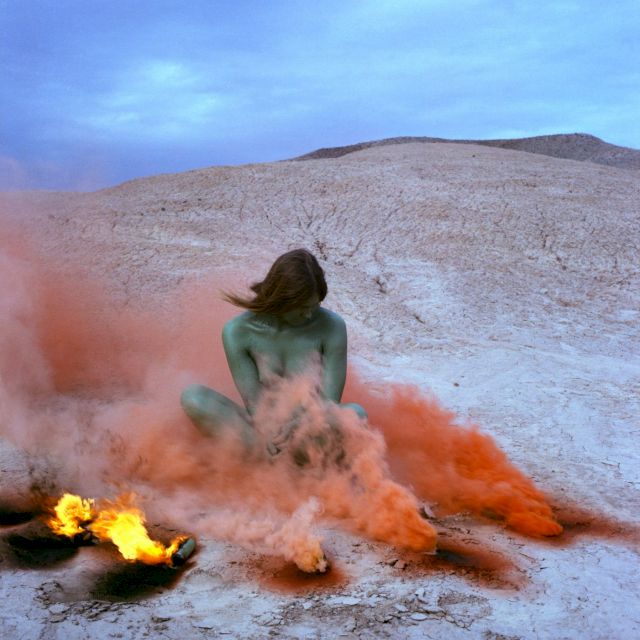
How do you perceive the position of collectors at an event like the Athens Biennale?
Collectors are a special breed. Exploring, savouring, digesting. The Athens Biennale and similar Biennales, such as Berlin and Istanbul, offer the opportunity to discover a blend of highly renown and less exposed or upcoming artists but under a contextual framework that resonates highly, at least with European audiences. Collectors are becoming more and more performative themselves. Same as curators, or museum directors their actions are in the spotlight, they are acknowledged as public figures and/or auteurs. Athens is one of the most fascinating spots for contemporary art in Europe and globally. Explore its scene and build ties with it.
In addition to the Athens Biennale, what exhibition or event is a “must-see”?
NEON’s exhibition Portals at a spectacular new cultural center. Ubuntu, the collection of Harry and Lana David at EMST. DESTE’s Anti-Structure. All three initiated by some of the major Athenian collectors. State of Concept is exhibiting the amazing Metahaven. Smaller independent art spaces are buzzing with shows and of course the galleries and studio visits will fill the most demanding itinerary with exciting options.
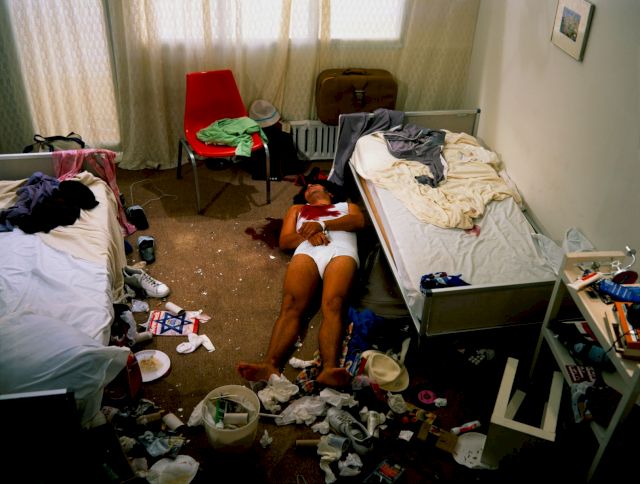
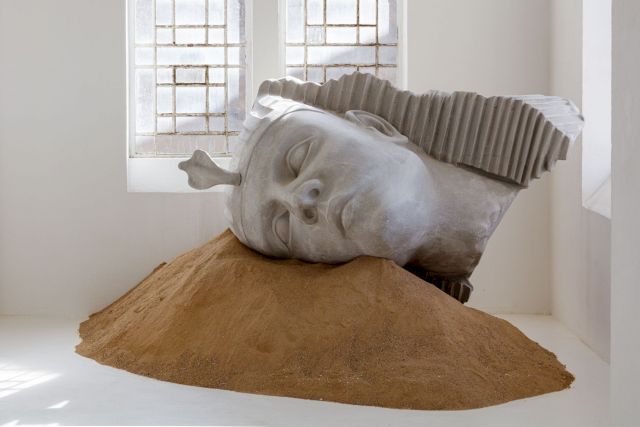
Poka-Yio is an artist and curator. He is the Founding Director of the Athens Biennale, Head of Onassis Culture Visual Culture and Associate Professor at the Athens School of Fine Arts
More Information on AB 7: ECLIPSE